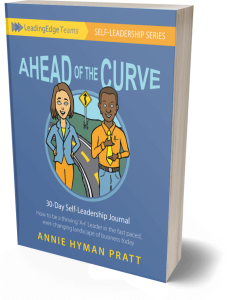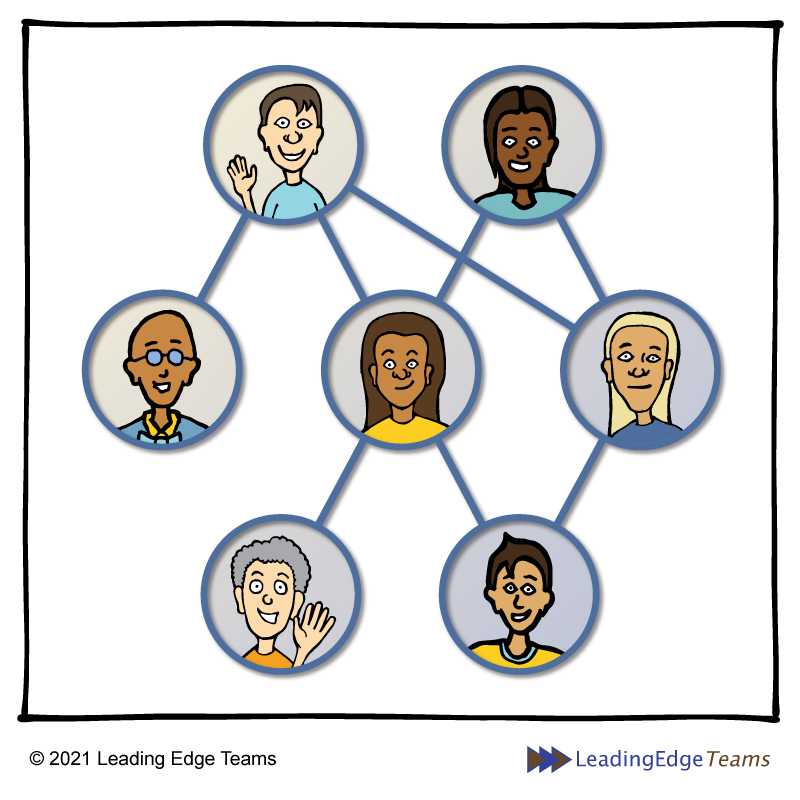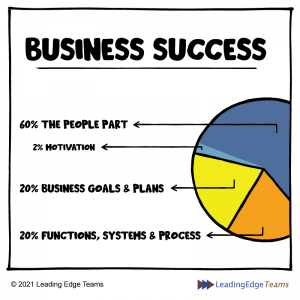Learn to PACE YOURSELF to empower success. Show up as your BEST SELF each day. These are two nice catch phrases, right? You want to do both, but how do I suggest that you learn to pace yourself with a work schedule that is demanding and with responsibilities that are a hinge to your company’s success? And how do you pace yourself so that you are sure to perform at your best?
Begin first, by choosing to see yourself as a valuable resource.
Recognize your unique energy rhythm. During the day, what works for you and what doesn’t? Raise your awareness.
For example, I’m at my energy high in the early morning and through early afternoon. Heather, on our team, is the opposite, with late afternoons and evenings her high energy time to produce concentrated work that requires innovation and critical thinking. None of us are robots, we are humans, and just as our skills are not the same, neither are our high and low energy cycles.
Now, as you become more aware… take a minute and think about your daily energy levels and what works best for you. How, when, and what can you adjust to match your highs and lows? Know yourself, and if your work allows, correlate the work required to your energy rhythms.
Your Primary Goal:
It’s interesting, because pacing yourself to meet your priorities is not about frantically keeping up with time as it ticks away on the clock, but instead, it’s about deliberately managing your time in such a way that optimizes your mental and physical energy. The primary goal of pacing is to arrange work day demands to correspond with your optimal mental alertness. And secondly, structure the pace of your schedule, be the manager of it by providing what your body needs physically. Do this not only for work efficiency, but also for your self-care and wellness. Take a healthy lunch away from your desk or workplace, and other shorter breaks (take a walk, listen to music, stretch, close your eyes and rest, meditate, etc.). Do whatever refreshes, energizes and fills you up.

Subsequently, the value of pacing yourself produces tangible results. You not only feel better mentally, physically, and emotionally, but consistent self-management boosts your confidence, job satisfaction and leadership ability; it helps to present you to others as a trusted, predictable collaborator. Clear expectations of how and when you are an available resource, and able to be your strongest and best brings ongoing benefits to you, to the team, and to those your business serves.
Runners illustrate pacing vividly. The physical and mental demands are great and pacing is a must, because running from behind is defeating and draining. It’s the same in your work day, pacing eliminates burnout and keeps you ahead in the long game to achieve big results.
Set YOUR PACE today!
Particularly In your business, stay in step with the pace you have set for yourself; remain aware of your primary focus, and the tasks that are going to be accomplished in the allotted hours. By priority, what must you accomplish today? 1… 2… 3…
Figure it out. Assess your calendar, and create a plan that respects your priorities and your energy output, and the hours available to work. Picture your path ahead (each day, each week) and where your energy meter is going to be required to perform at high levels. Is there a hill to climb? Where will you need a water break? What is needed to fill your energy back up?
Plan breaks. Where might your day be more downhill and offer you a chance to let up and take a breath. Simply “being” and not “doing” for a time is a priority too. This is when you catch up with yourself. In your “being” time, you inwardly center yourself as you regain balance. By choosing to put this into action, you acknowledge your value. It feels great! And it’s by taking this bit of time to regain energy that you are able to think most clearly and finish strong.
YOU PERFORM AT YOUR BEST WITH PACING.
It provides structure that empowers you with your best critical thinking, confidence, and behaviors of self-leadership. Pacing supports your daily intention, goals, and is a tool that helps you to maintain health and wellbeing.
- Make a habit of good habits! In the morning, assess your calendar. Be intentional. Appreciate and act on your plan and priorities.
- End of day, acknowledge what you accomplished and what you didn’t. Accept the unexpected and that your plan includes flexibility to some of the moving parts. This juggling may stretch you, yet remember, your intention remains the same. It may require you to shift the deadline or delegate. That’s okay! Accept all this as normal and necessary to sustain your business success and to be your personal best in the long run.
- Gain awareness that all humans need to pace themselves. Even you! Synchronize the types of work with the energy rhythms of your mind and body. (Focus on highest-value responsibilities and the more challenging development and innovative efforts during high energy; shift gears down and focus on the easiest, more routine responsibilities and tasks during low energy.)
- Understand that pacing helps you maintain good health. The vagus nerve in your brain carries signals to areas of the brain, heart, lungs, and digestive system. The vagus nerve shifts between fight-or-flight and the more relaxed parasympathetic mode. Undue stress negatively impacts the vagus nerve (and your health), which heightens the need and the importance of pacing yourself. Take a deep breath to center, and keep to the rhythm of your optimal pace.
- To accomplish more, slow down. Try meditation, mindfulness, music, massage, or something of your choice that relaxes and fills you up. This slow down equips you to up-level your performance and be your best version of yourself. You will make better decisions and fewer mistakes, and your eyes will be open to new opportunities. And—you won’t show up crabby. This is how you model emotional balance and self-regulation to the team—that feels great to them and to you!
Take Action
As these first thoughts on pacing resonate with you, identify, and begin to apply those things that will set yourself up for success and a more fulfilling job experience. Also, recognize how others on the team (all humans) have varying energy levels at different times and in different ways.
And remember, when you’re planning your pace, it’s not all about work. Include time for enough sleep and exercise, good food and fun, and some Vitamin D and time in the sun!
So tomorrow, begin to recognize your rhythm, the when and where of your varied energy levels, and with this in mind, plan your pace throughout the day. Work with your natural rhythm, not against it. And remember, obviously circumstances do play a part, so shift when necessary and go with the flow when the best laid plans go astray.
Again, there is huge payoff in understanding your energy levels, and how to best pace yourself to be healthy and thriving. In the workplace it contributes to your best thinking and performance, and in your personal life it helps you live life comfortably and full, and enjoy the give and take of personal relationships.
All-in-all, I encourage you to choose to design your day by pacing for optimal performance!
You can do it. Congratulations!
Barbara
We love to hear from you! Let us know how you are adding pacing into your day in the comments below.
Leadership begins with you! Ask yourself, who do you want to be in any given situation? Then lead yourself to shine your brightest each day!
—Barbara










